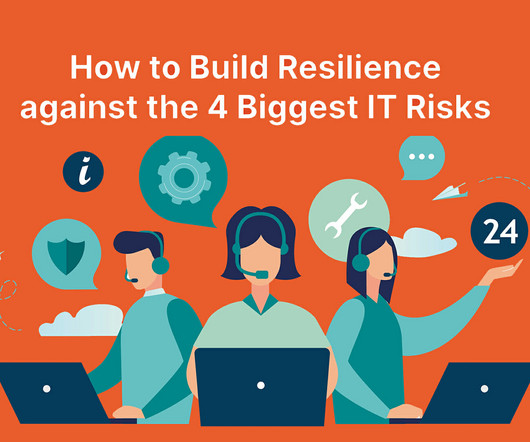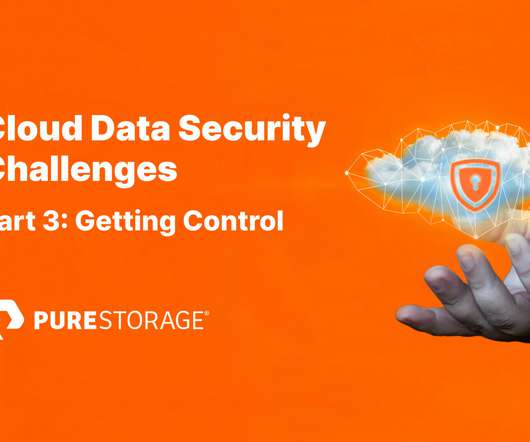Four key measures to strengthen operational resilience
IBM Business Resiliency
FEBRUARY 9, 2021
With business growth and changes in compute infrastructures, power equipment and capacities can become out of alignment, exposing your business to huge risk. Some of them use manual runbooks to perform failover/failbacks. This puts compute infrastructures at risk of overheating should there be a generator failure.











Let's personalize your content